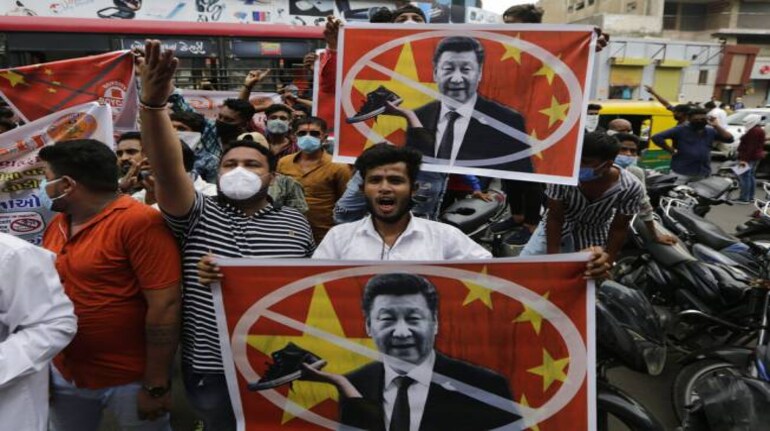



The ongoing India-China border issue is a cause for concern for Indian IT service providers in China. With vendor consolidation afoot, a prolonged standoff, experts say, could put Indian service providers at a disadvantage as they might face difficulties in serving China.
What is happening right now?Trade war between the two countries is escalating after the violent backlash in Galwan Valley in June. The Centre had, on Monday, imposed an interim ban on 59 Chinese apps, including TikTok.
Though India's presence in China is small, Pareekh Jain, founder, Pareekh Consulting, a technology consulting firm, said that the impact could be both direct and indirect.
According to a Confederation of Indian Industry (CII) report in 2019, China accounts for about 3 percent of revenue for Indian IT and BPO companies. Jain said that Indian IT firms’ workforce in China could be about 4,000-5,000.
During a recent virtual AGM, UB Pravin Rao, COO, Infosys, had said that while the standoff between the two countries is worrying, there has been no disruption in the business so far as the region is serviced by locals. But that scene is changing.
Chinese subsidiaries of Indian companies primarily cater to global MNCs such as Intel and Microsoft that have a presence in China. These businesses would be directly hit.
The indirect impact would be on upcoming deals. Global firms are now looking at single players to cater to its IT services, rather than partner with multiple firms, especially in the backdrop of COVID-19, as a cost-cutting measure. Some of the large deals could include servicing China as well. In such a scenario, the Indian IT industry could be at a disadvantage, if the stand-off continues.
“Some large deals might go to other players,” Jain added.
Most major Indian IT firms have a presence in China, but it has never been significant as the Chinese market is challenging.
Tech Mahindra’s revenue from China was about Rs 214 crore in FY19. The turnover of TCS and Infosys from its Chinese subsidiaries for FY20 stood at Rs 772 crore and Rs 1,183 crore, respectively.
The CII report shows that if China accounted for about 3 percent of the global revenues in FY18, most Indian IT and BPO firms expect the revenue to increase by over 10 percent in 2019.
Indian IT firms have been striving to break the Chinese market for over 20 years now. Policy issues in China apart, Indian companies are unable to scale up, owing to the lack of expertise in Mandarin and challenging price points, an analyst pointed out.
Though revenue share is not significant, it is a growing market, given the huge opportunities in the software space in China. The Chinese software and information services industry is worth $493 billion, the second-largest in the world, after the US.
For Indian IT companies, these were great opportunities to leverage, and some of them did take the plunge.
For instance, last year, Tech Mahindra stepped up its offerings in China in the IoT (Internet of Things), 5G, data analytics, robotics process automation, AI (artificial Intelligence)/ML (Machine Learning) application development and Cloud Migration space.
In addition, more IT and BPO firms raised their investments in China in 2019, compared to 2018, the CII report showed.
Kris Gopalakrishnan, co-founder, Infosys, in an earlier interaction with Moneycontrol, had pointed out: “China is an important market, especially when you look at the future.”
China, being the second-largest economy in the world, the global industry must derive revenues proportional to the size of the economy, he said. “That means we have to increase our revenue from China,” he noted.
“Indian IT costs have gone from zero to the growth they are seeing now. To improve this, the Chinese and Indian governments need to work together,” Gopalakrishnan suggests.
For now, that seems unlikely.
Discover the latest Business News, Sensex, and Nifty updates. Obtain Personal Finance insights, tax queries, and expert opinions on Moneycontrol or download the Moneycontrol App to stay updated!
Find the best of Al News in one place, specially curated for you every weekend.
Stay on top of the latest tech trends and biggest startup news.